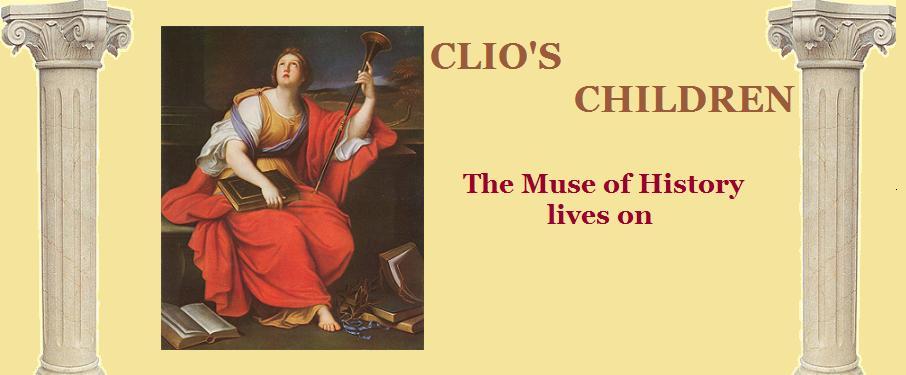A lot of songs have been going through my head for the past week or more. Some of it is classical music but on it's face it wouldn't be classified as classical. Nevertheless, tonight I'm collecting them and storing them on my profile page so that they can live in a place where they can be remembered as classics and contrasted against other things that can be considered classic. They're also shared in this post as hyperlinks to YouTube. Right click any of the links and select your preference on how to open it so you too can experience the rendition of the recording.
One of the songs is by one of my favorite composers, Stravinsky! (No, but I can't remember his name right now. I'll say it in a minute.) "I Loves You Porgy," is the song. It's one of those classic love songs. The version that keeps going through my head is the very soulful one by
Nina Simone. I found that one (actually, two versions by Nina) but I also found one version of it by "
Billie Holiday.
I Loves You PorgyNow Billie is one of those singers who makes it difficult for me to listen to what's being sung. But people rave about her and her singing even now. (Her professional nickname is "Lady Day.") So I endeavor to listen and learn to appreciate whatever it is they're hearing and the concepts she embodies. Given what Bess is singing about, it seemed quite ironic that Billie Holiday should be singing that song.
She and Bess faced the same type of Sportin' Life who lured her down a dark, dangerous, and deadly path. Unfortunately, there aren't many who are able to travel that road without getting singed. Holiday became one of those tragic statistics of both the Road to Fame and the Road to Sportin' Life. It seems to be a classic story. But her quiet, innocent veneer was not a facade. It was more legitimate than anything else about her life.
What I saw as I watched the video was a woman who merely sang the words and notes, bereft of any emotions, bereft of any attachment to the meaning they hold. She was just quietly crooning a tune. That approach, however, was quite effective when I watched her sing the notorious "
Strange Fruit." That song's theme is so horrific that most likely the only way to deliver it is with the same quiet innocence she employed. Anything else would be overkill. It has become a classic presentation.
Nina Simone's version haunts you. You hear the anguish, the woman's soul torn in twain for the man she loves compared with the man who brings her the symbolic love from which she wants to be torn.
Nina has two versions. One is
from 1962 from 1962 which is an interpretation of not only Bess's song but a progression through several of the songs from the opera before moving into her love song. I didn't think I'd care for it. But as she moved into the close, it became a definite love song to Porgy, her strong vocals reaching out to her man as she promises him what she will do while they're together.
Overall, the version I still like best, the one that runs through my head tonight and is the symbolism of the dilemma that plagues Bess, is the one she sings in the single version (not the collage) of the classic love song to Porgy.
I Loves You Porgy by Nina Simone It isn't Sportin' Life of which she sings, but what Sportin' Life has to offer. It's the craving that gets instilled in what he offers that becomes the irresistible magnet in spite of how strong her love for Porgy remains.
George Gershwin wrote the opera "Porgy and Bess," not
Igor Stravinsky. They're amazing composers, each in his own right. While both are two of my favorite classical composers, they provide us with strikingly different perspectives of classical music as well as how it affects our thoughts and ideas.
I love diversity everywhere it's found.









